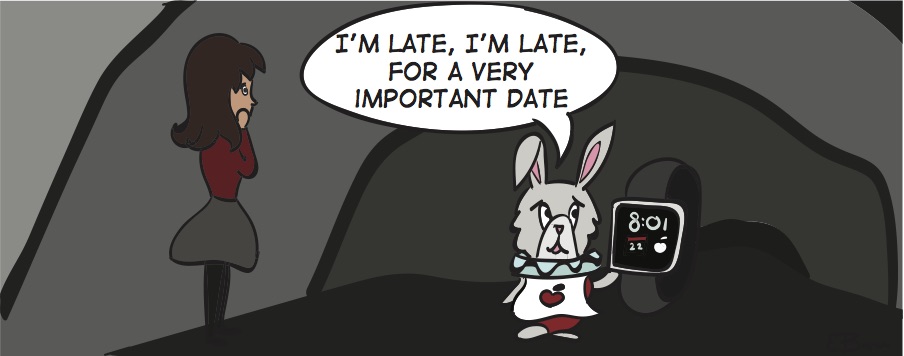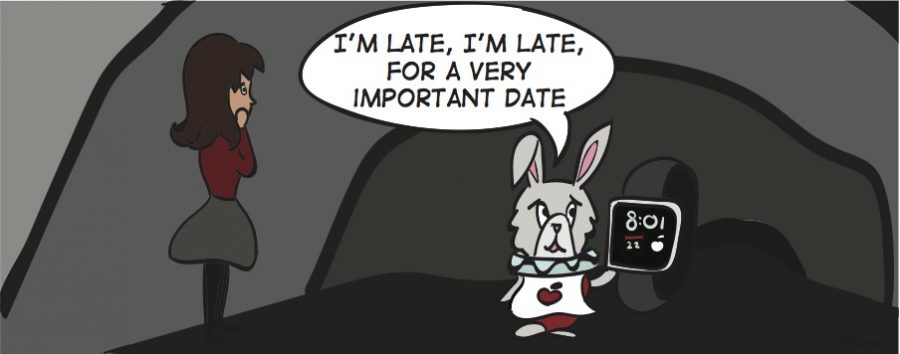Online jokes transition from meme to popular culture
Social media users are finding a new way to keep in touch with current events through the platform of memes, an image with a humorous caption often make light of relevant news headlines.
Meme’s subjects can range from current events, including the 2016 presidential election, to well-known athletes or pop culture references.
“I would say I’m practically bombarded with memes on a daily basis,” senior Caroline Salveson said. “There’s TV show memes, there’s a lot of Spongebob memes and then memes making fun of political figures. Donald Trump is always a big meme inspiration.”
Evolutionary biologist Richard Dawkins coined the term “meme” in his book “The Selfish Gene,” to describe the spreading of a particular cultural trend. The word has since evolved to refer to a static image with overlaying text, often making humorous social commentary.
“He talked about memes as this cultural idea that reproduces the way a virus does and it goes from person to person,” physics teacher Riaz Abdulla said. “The internet was propagating that same kind of culture.”
The most captivating memes are the ones to which the viewers can find similarities to their own lives, according to junior Rosie Morford.
“I think the ones that I most relate to have to do with being tired from school and summer ending,” Morford said. “I find those funny and they pop up in my Instagram feed, so I see them pretty often.”
Some memes never make it past the maker’s Instagram post, where others may go viral by getting thousands of retweets and likes.
There is no particular formula that makes a meme go viral. The pseudoscience “memetics” uses references from “The Selfish Gene” to analyze what components of a meme constitute its popularity.
“There’s kind of this natural selection with memes that works a lot like biology,” Abdulla said. “It’s part of the mystery of memes, what defines fit-ness for a meme and why it survives.”

Instagram personalities like Josh Ostrovsky make their livings by posting memes, as their many followers attract sponsors.
Ostrovsky, who runs the Instagram account “thefatjewish” with 9 million followers, posts memes while charging brands $6,000 to be promoted on his account, according to Business Insider.
“I follow thefatjewish because he posts funny memes about people, celebrities and things that a lot of people know about so you can understand the humor,” sophomore Grace Boudreau said. “My friends can relate to them, so we tag each other in the posts.”
By referencing current events, memes can prompt viewers to look into a certain new item in order to understand the context of the joke, according to theology teacher Rachel Bundang.
“I think it can be a first step to a more serious conversation for sure,” Bundang said.
Despite the capacity to make clever puns and jokes out of current events, memes can also contain derogatory or offensive comments. The death of Harambe, the gorilla shot in the Cincinnati zoo in May, is a trending subject for memes, attempting to make light of a serious issue, according to Abdulla.
“My better self sees the Harambe memes and I find them tasteless,” Abdulla said. “Some of them are borderline, if not outright offensive. I’ll kind of catch myself chuckling and then immediately feel like a really bad person about it.”
Meme’s primarily serve as a platform for circulating trending news and relatable humor, according to Salveson.
“The weird thing about memes is that in a really weird way it keeps me informed,” Salveson said. “People will make fun of something that just happened so I’ll be like ‘Oh what was that?’ and I’ll go search it and know what they mean. Memes are an entertaining way to keep me involved with the world.”

